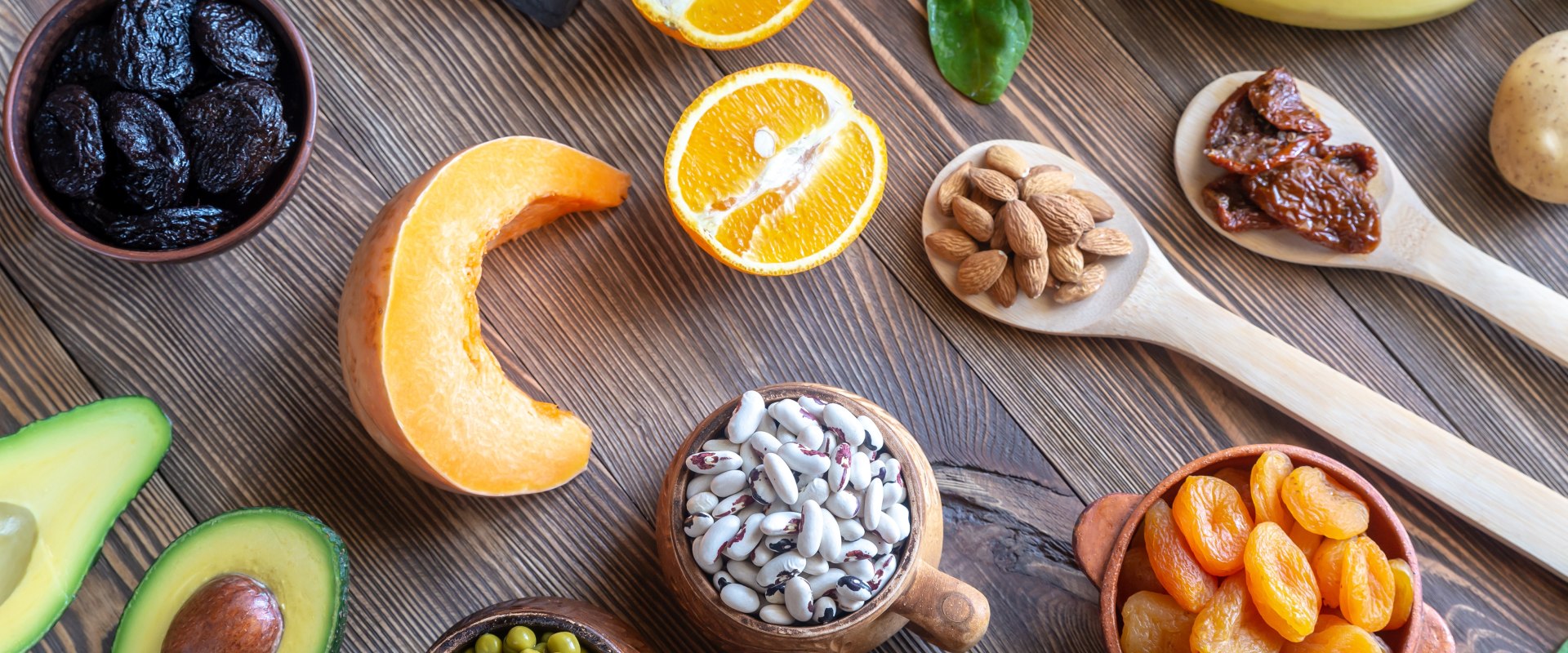The food industry is the complex network of farmers and various companies that, together, supply much of the food consumed by the world's population. Although there is no formal definition of the term, the food industry covers all aspects of food production and sale. It includes areas such as agriculture and livestock, agricultural and agrochemical equipment manufacturing, food processing, packaging and labeling, warehousing, distribution, regulatory frameworks, funding, marketing, retail, catering, research and development, and education. The U.S.
Economic Research Service. UU. The Department of Agriculture (USDA) uses the term food system to describe this entire company. Food processing starts with the first bite.
During ingestion, teeth break up food when chewing. The salivary glands, located under the tongue, secrete saliva to lubricate food particles and the enzyme amylase to initiate the chemical breakdown of starches in food. The muscular action of the tongue forms the food in a soft, rounded package called a bolus. Once the bolus is ingested, an involuntary muscle action called peristalsis moves the bolus down the esophagus to the stomach.
The stomach stores food while it waits for its passage to the small intestine. The stomach mechanically breaks down food by whipping it. The stomach glands secrete acid to help break down food into smaller particles. The glands also secrete the enzyme pepsin, which starts the process of breaking down proteins in food.
This watery mixture of food, saliva, stomach acid, and enzymes is called chyme. Fats are broken down in the small intestine with the help of bile salts produced in the liver and secreted by the gallbladder. The small intestine secretes the enzyme trypsin to further break down proteins. The enzymes secreted by the pancreas break down the rest of the carbohydrates, proteins and fats in the small intestine.
The liquid contents that enter the large intestine can no longer be digested; no more nutrients are absorbed here. Waste products consist of fiber, dead cells from the lining of the intestines, and other undigested materials. Fiber cannot be broken down during digestion. Soluble fiber dissolves in water, but insoluble fiber remains intact.
The large intestine transforms the aqueous remains of digestion into solid stools, first by absorbing water and then by secreting mucus, which transports the stool to the rectum, where it waits to be expelled from the body through the anus. Exposure to cold can range from handling and storing raw materials in winter or in processing and storage rooms cooled with “still” air, to extreme cold temperatures in compressed air cooling of raw materials, such as in the ice cream and frozen food industry. These minimally processed foods retain their original properties (i.e., nutritional, physical, sensory and chemical properties) in their unprocessed form and are ready for further processing by the food industry (secondary processing). Today's food industry has become very diversified, with manufacturing ranging from small traditional, labor-intensive family businesses to large, capital-intensive and highly mechanized industrial processes.
Biotechnology is driving many changes, in areas as diverse as agrochemistry, plant breeding and food processing. Only subsistence farmers, those who survive on what they grow, can be considered outside the realm of the modern food industry. Food preservation dates back to the last Ice Age, around 15,000 BC, when humans from Cro-Magnon first discovered a way to preserve food by smoking. Demographic pressure, the unequal distribution of agricultural resources and the need to ensure the preservation of food products to facilitate their better distribution explain the rapid technical evolution in the food industries.
Once food particles and large nutrient molecules are broken down in the stomach and small intestine, cells in the lining of the small intestine absorb nutrients from the chyme. Some secondary food production processes, such as heat treatment, fermentation and packaging, can be used to extend the shelf life of the main food ingredient. However, sterilizing canned food with radiation requires such a high dose that unacceptable flavors and odors are obtained. The food you eat is produced by a complex global food system, which involves many activities and processes that take food from farm to table.
This process is vital for many precooked foods, as it ensures the availability of a variety of high-quality, nutritious and affordable foods throughout the year in the United Kingdom, Europe and around the world. In liquid freezing (one of the oldest known methods), food, usually fish, is immersed in a strong brine solution. Dehydration is a process in which heat is transferred to food water, which vaporizes. .
.

Leave a Comment